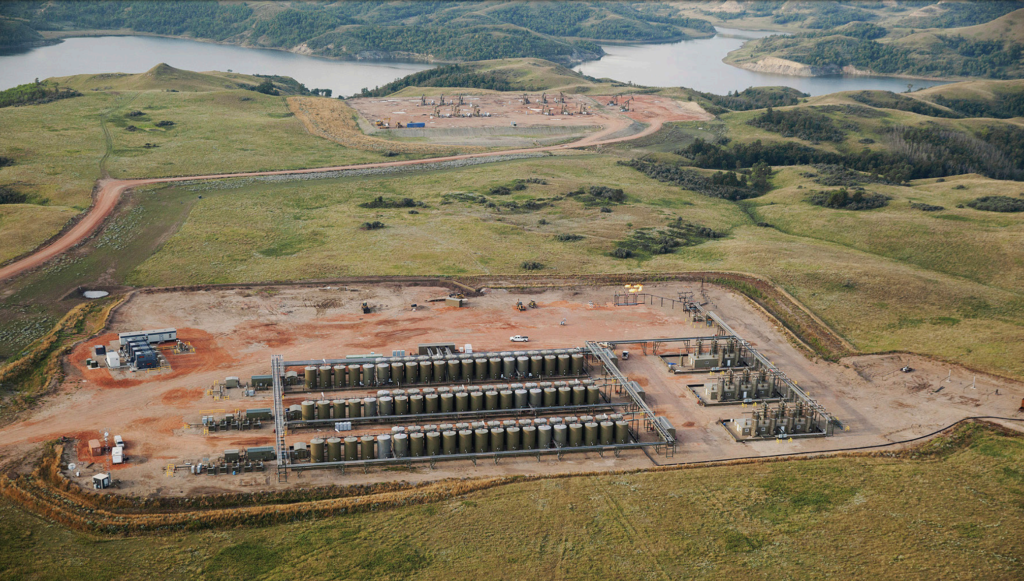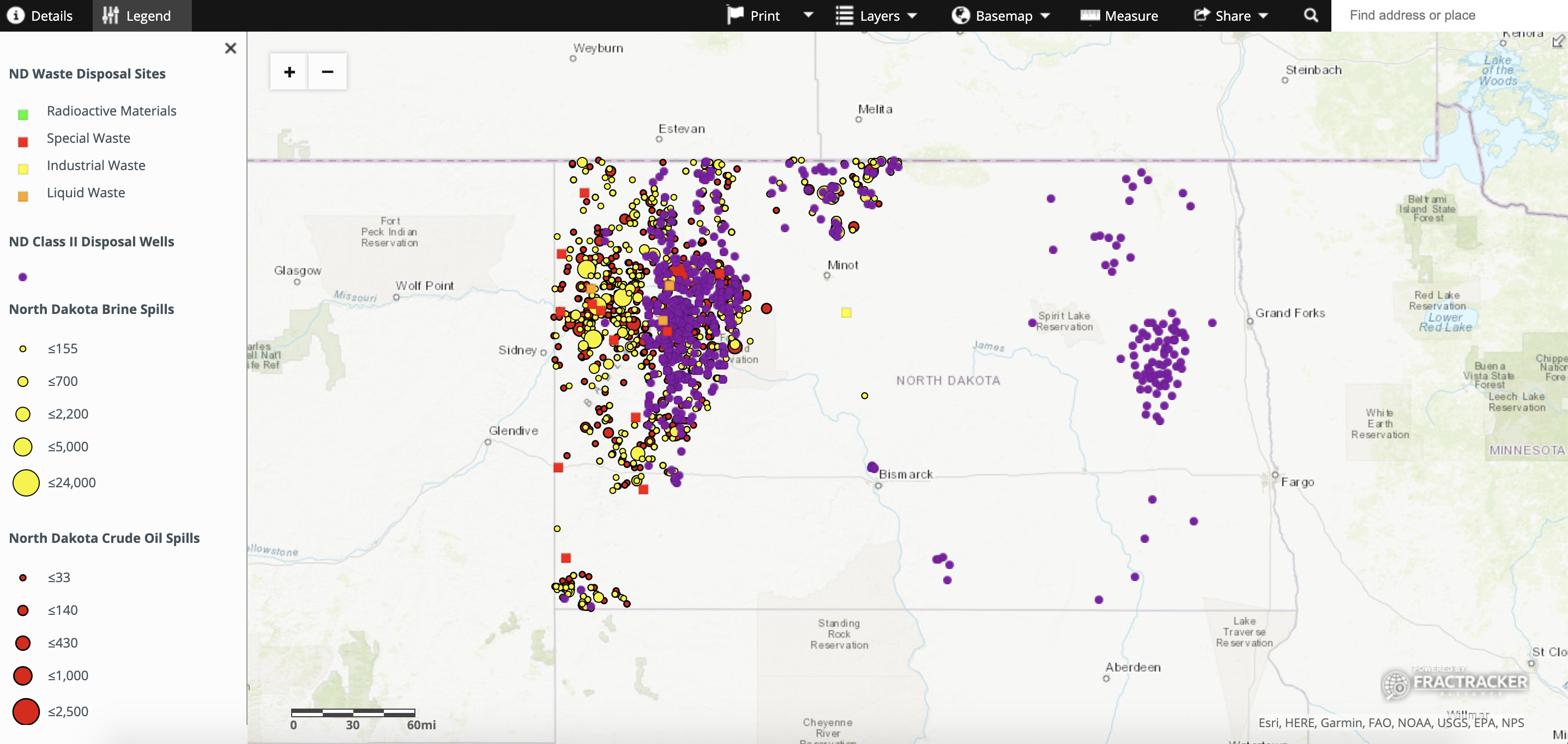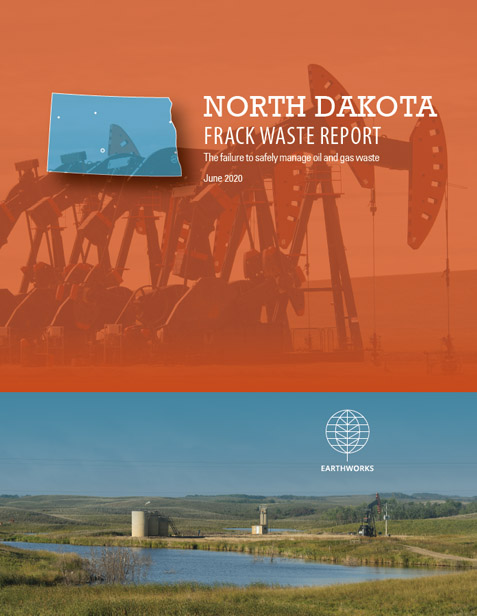North Dakota is a relative newcomer to large-scale oil and gas development. However, North Dakota is now the second largest crude oil producer in the United States, thanks to advances in fracking technologies and the state’s significant oil reserves.
This means North Dakota is also a major producer of oil and gas waste, which contains radioactive materials, secret chemicals, heavy metals and hydrocarbons.

Increases in fossil fuel production have also led to an increase in spills, leaks, air, water and land pollution, which all pose risks to human and environmental health. While new rules for oil and gas have been created by the state, they are not enough to safeguard the people and places of North Dakota.
Interactive Map
Designed by Fractracker Alliance, this interactive map allows residents to determine if oil and gas waste is disposed of or has spilled near them in addition to a list of recommendations for state and local policymakers, including the closing of the state’s harmful oil and gas hazardous waste loophole.
- Click the below image.
- Zoom the map to your home, school, business, etc. by clicking the magnifying glass under the zoom tool and typing a street address.
- Click on specific individual dots on the map to see if oil and gas waste has been disposed of or spilled near you.

Your Support Makes Our Work Possible
Earthworks helps families on the front lines of mining, drilling, and fracking. We use sound science to expose health, environmental, economic, social, and cultural impacts of mining and energy extraction. To support our efforts, please consider a tax-deductible donation today that will go toward our work reforming government policies, improving corporate practices, influencing investment decisions, and encouraging responsible materials sourcing and consumption.

